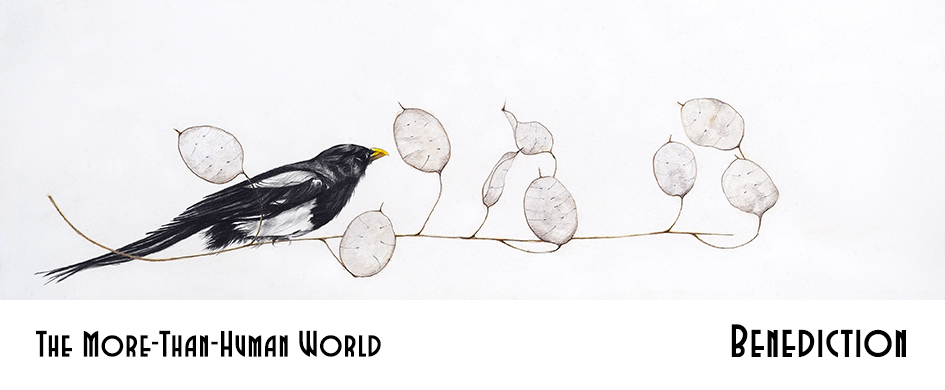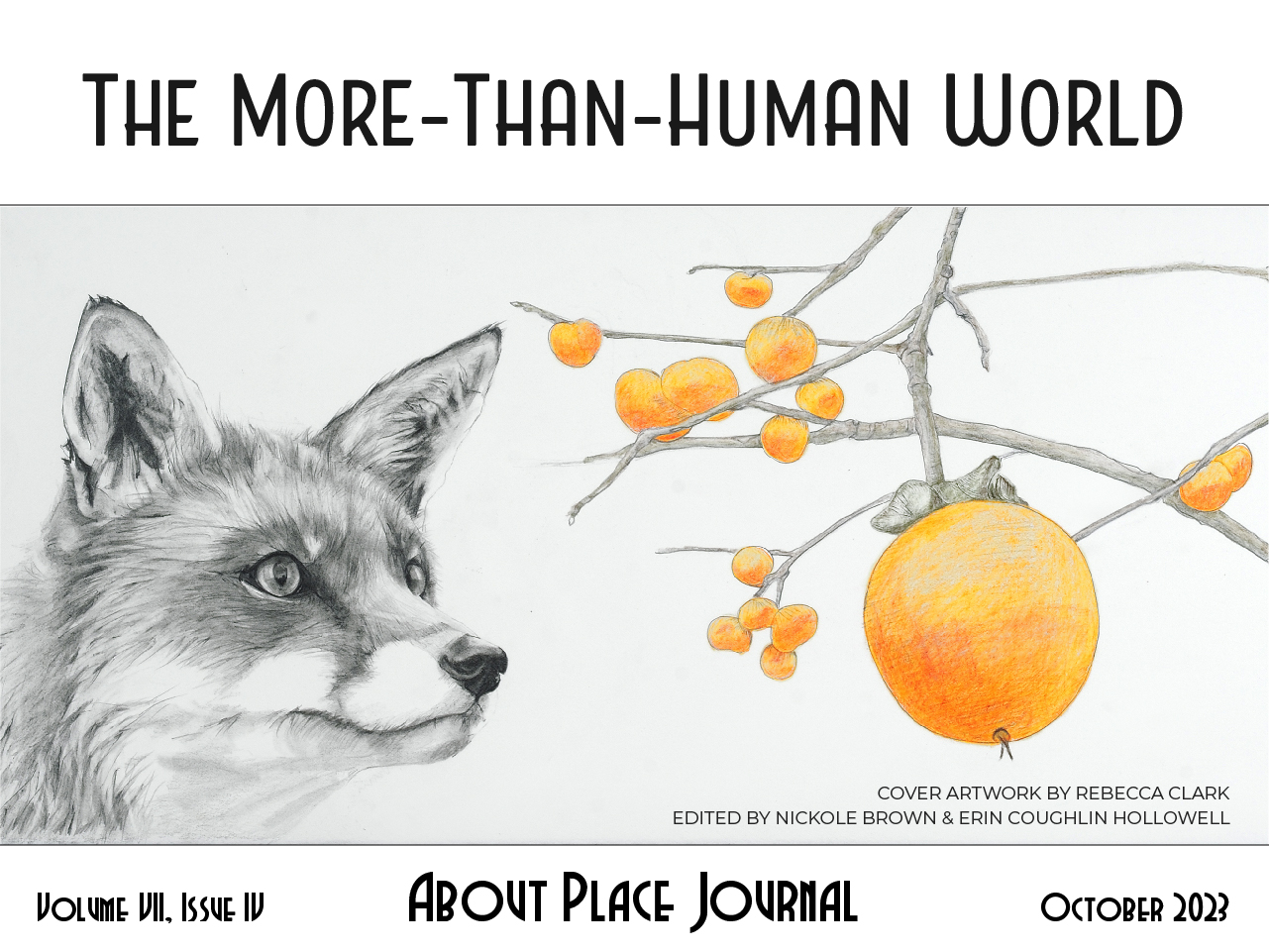Chuff! Do not confuse me with a massive wolf or abbreviated dog; –me– in my scary eyeliner and immaculate ruff. You know my tai-chi move of layback and disappear. When your first swallowed the land; my mammoth-sized mouth crimped for crumbs. My body compressed to quick. As we prospered, you hailed me –Coyōtl, Trickster, God—
Now the land consumes us both. I excrete delicately across your path; a white scat of resignation, pelleted and painful, with moth wings and three whole acorns. Still dignified, I eat one chicken in your cage of four. But we shriek our grief when a son does not come home and your speedy track pounds him to a red greasy smear.
My long-rise wail seeks the shimmering beacon of song –family howls, youngster yips and pup-stop barks– even the animal hairs on your arm rise to our call. Sheltered, I am free to mutter, rub the plush of my mate, inhale the dust, reek and oil of her. My scat of plenty is a shiny, black word, elongated in bone fragments and blood-tar. Lightened and hardened, I am a spear thrown at tomorrow. Leap forward with me or perish.


